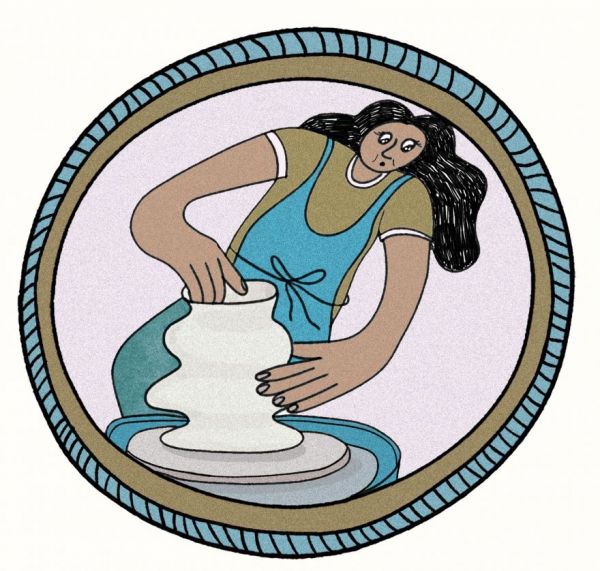
We don't know what this tiny ground spider calls itself. But we humans should refer to it by its official taxanomic identifier, which is Hotwheels sisyphus. It lives in southwestern China and is one of three recently classified ground spiders in that region of China.
ZooKeys informs us that it was named specifically for the Hot Wheels toys produced by Mattel bccause the coiled embolus (I think that's part of the legs) of the animal resembles a Hot Wheels track.
The Drive says that the Hotwheels sisyphus is noted for its "weird genitals," but I think that's getting a bit personal. I mean, how would you feel if people primarily thought of your genitalia when learning about you?
-via Super Punch











